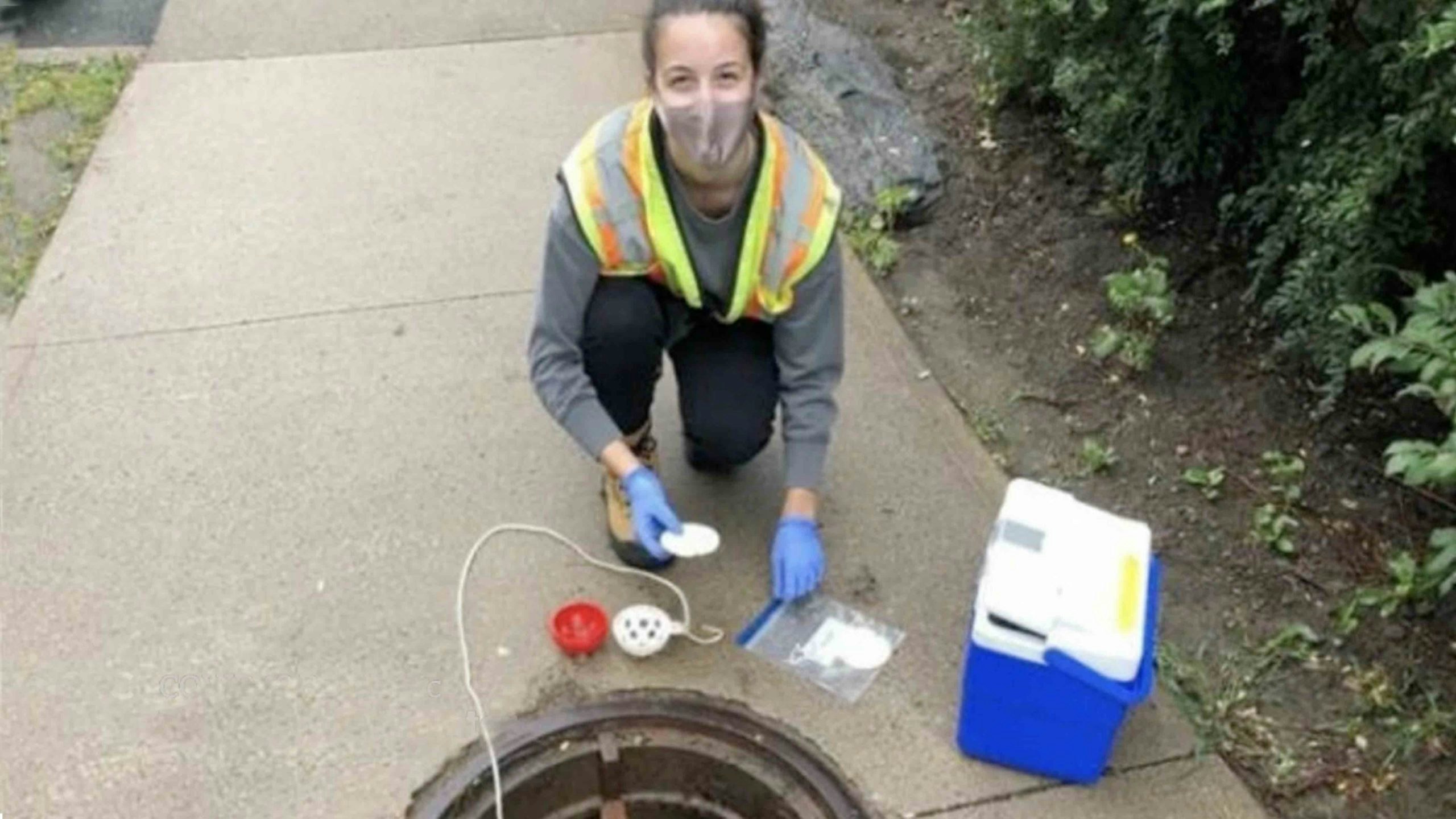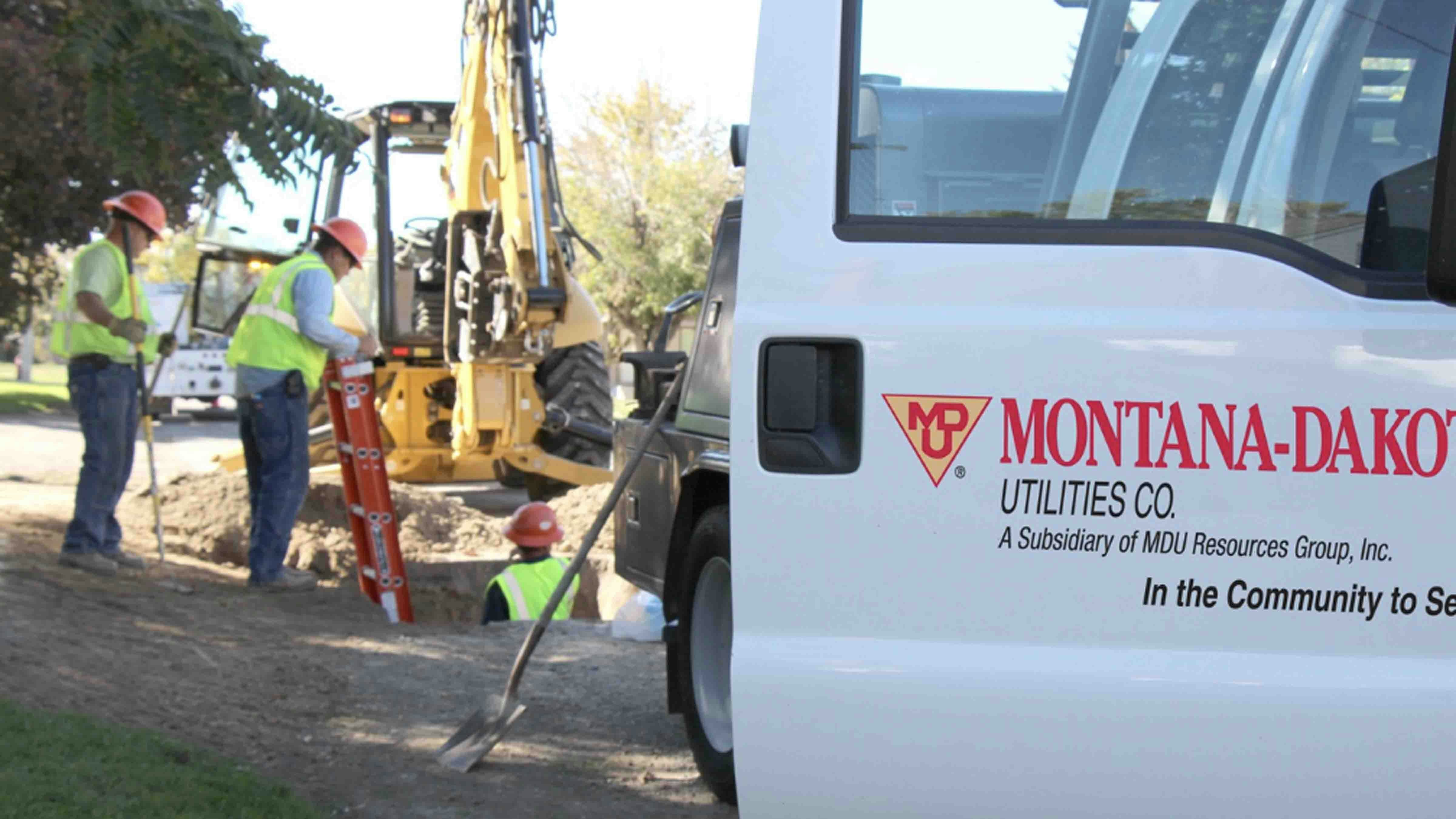Wyoming was among the first states to participate efforts to test wastewater to determine trends in COVID-19 infections.
And now other areas of the country are turning to the technology to track the illness, although Wyoming’s state-sponsored testing has ended.
Cody was the first community in the state, back in April of 2020, to begin sending samples of the city’s sewer water to a private lab in Massachusetts. BioBot Laboratories analyzed the samples, determining the percentage of the population that was infected with the coronavirus.
The Health Department later launched its own program, testing samples from communities around the state.
“Probably within six months … the … Wyoming Department of Health started a testing program as well,” said Phillip Bowman, Cody’s Public Works director. “They did that testing free of charge, using funding that the Department of Health received to start a program and equip their own laboratory. So we started sending our samples to them, and they were tracking that at a state level with I believe maybe 15 or more communities.”
“We had a robust wastewater monitoring system in place for COVID-19,” said Kim Deti, spokesperson for the Wyoming Department of Health. “As part of that system, we provided training and paid operators for sample collection.”
Bowman told Cowboy State Daily that the Department of Health would update its website with data from the lab analysis, which provided local officials with information they could use to make decisions to best protect their citizens.
The process worked well, according to Brandon Price, manager for Gillette’s wastewater treatment facility.
“People did appreciate seeing those numbers to assist in tracking,” he told Cowboy State Daily. “The administration, as well as us here in the wastewater department, were also tracking those numbers using that website.”
However, the funding for the wastewater collection program ended in December.
“The CARES Act funding we were using for the effort did end,” Deti said. “There has not been a firm decision on future wastewater monitoring options.”
While the statewide program has ended in Wyoming, the use of wastewater monitoring is now getting noticed in more urban areas.
The Wall Street Journal this week reported on the wastewater monitoring operation in Boston, Massachusetts, which has revealed a decline in the presence of the coronavirus in some parts of the metropolitan area and growth in others.
The article pointed to wastewater testing as a “growing effort” to monitor the virus across the country, citing a rising use of the technique in more populated areas.
But with COVID-related hospitalizations on the decline in Wyoming, Deti said the Department of Health has made no decisions regarding the future of the monitoring program.
“At this point we aren’t certain about pursuing potentially available funding for future wastewater monitoring,” she said. “Any consideration of our options would weigh costs and staff resources as related to the potential benefits of wastewater monitoring in Wyoming. We have not made a permanent decision on this for the future.”
However, Cody’s investment in monitoring equipment two years ago was made with a longer-term purpose in mind, according to Bowman.
The equipment is now being used to help the city make wastewater treatment decisions, he said.
“We definitely purchased it with the intent of keeping it afterwards and having it available for other sampling throughout our wastewater system,” he said. “For our case, at the City of Cody, our sampling device allows us to utilize it after the pandemic need was diminished, and so with the aid of the state’s program, we’ve continued to use that on our wastewater sampling for wastewater treatment purposes.”





